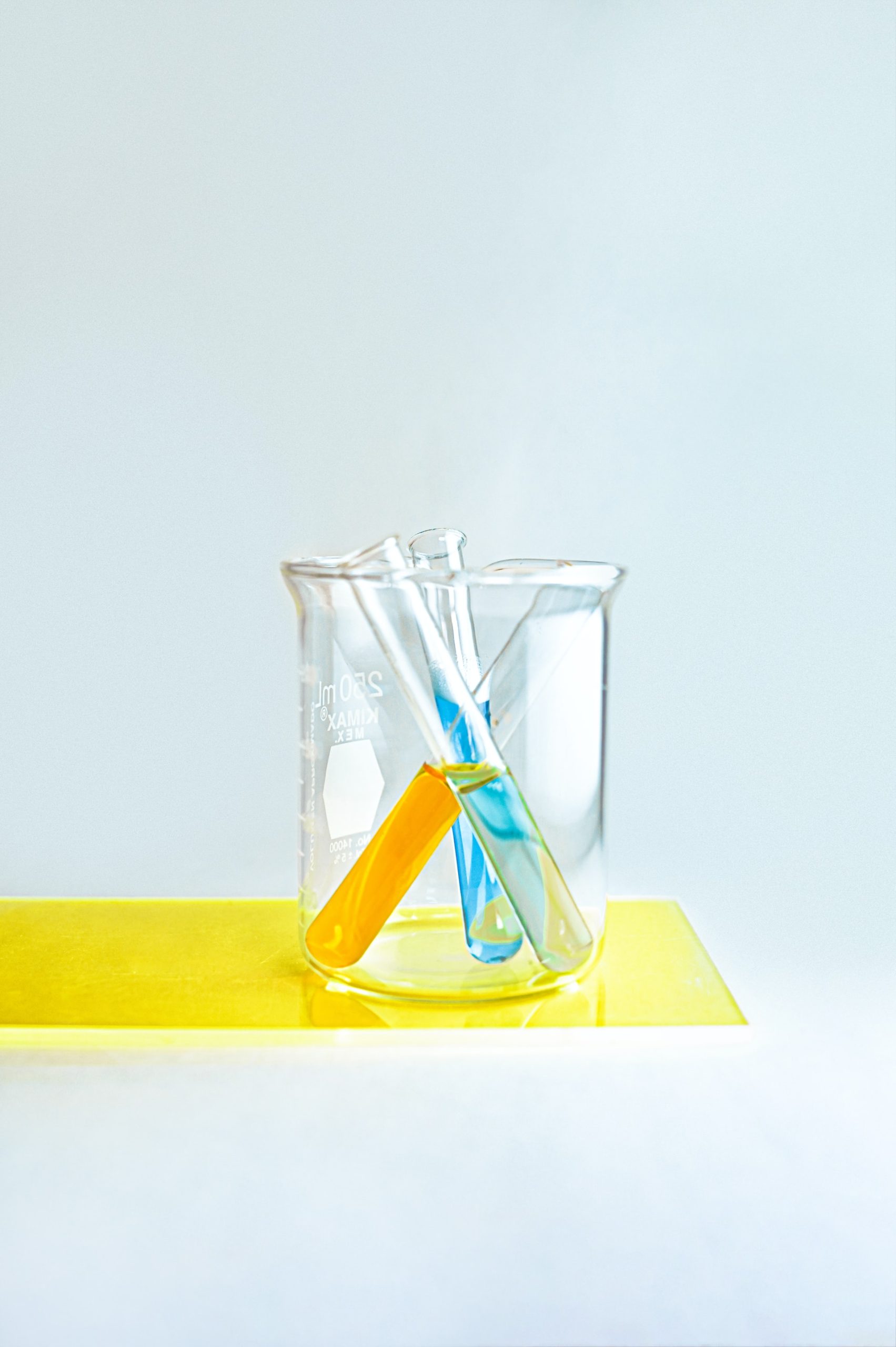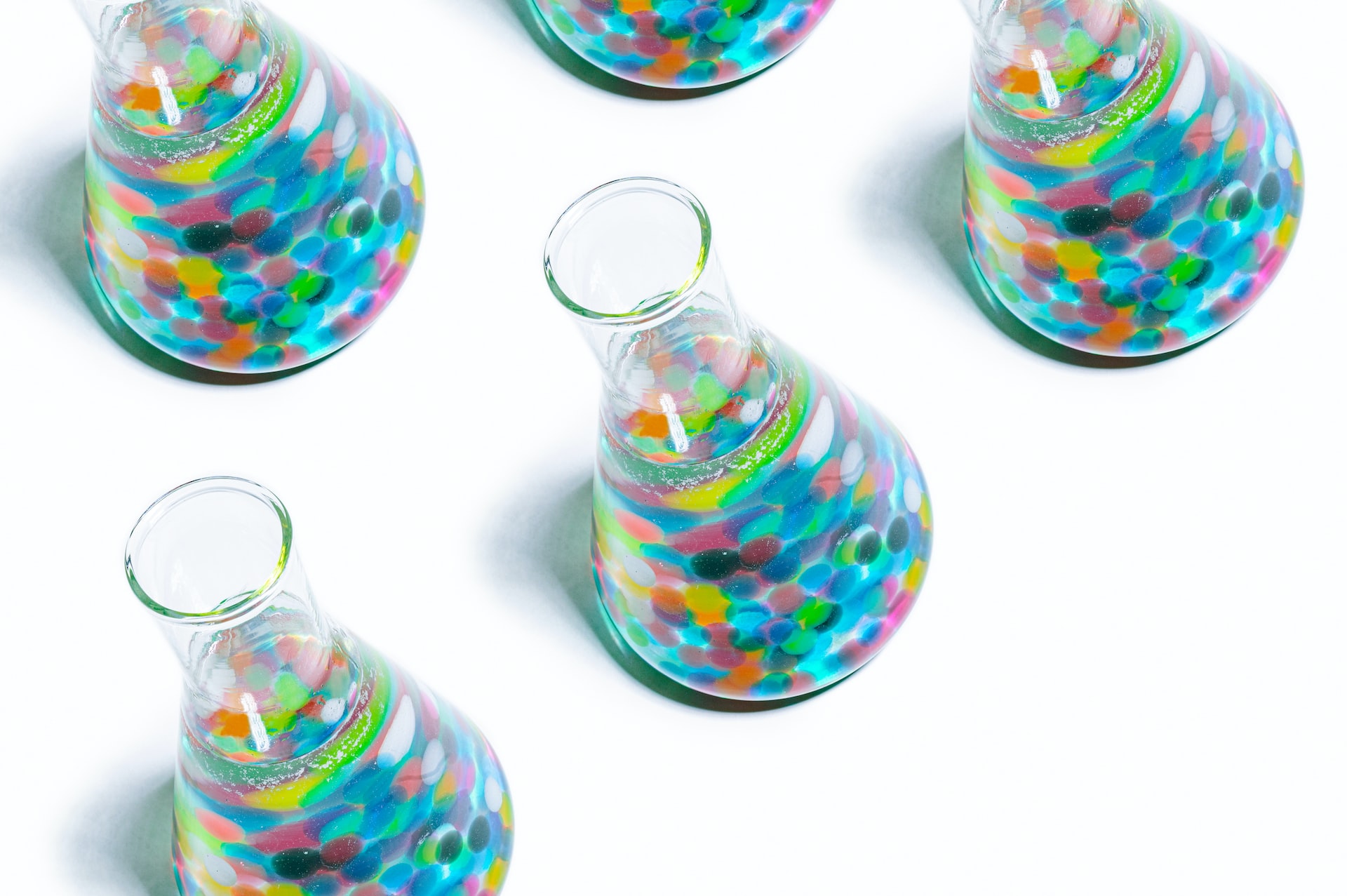Did you know that glass is a liquid that moves at an incredibly slow rate rather than a solid? Chemistry is an amazing subject to study if you want to have a greater understanding of the ways in which nature works all around you. One of the best things to learn if you’re looking to take a deep dive into chemistry is column chromatography.
Creating column chromatography is simple if you have the right equipment for the process and the knowledge necessary for proceeding. It’s confusing to learn column packing and chromatography column run if you don’t have background knowledge. Luckily, you’ve found the perfect blog to learn all about creating your first-column chromatography.
Keep reading to learn about the applications and benefits of column chromatography today!
What Is Column Chromatography?
Chromatography is a process that allows the components of a mixture to separate, which is perfect for identifying them. Column chromatography is a technique that scientists use in order to achieve that goal.

The process requires filling a column that has an absorbent in it. You can add different substances to it to see how quickly these substances move within the column. It’s one of the classic solid-liquid techniques out there, and it is perfect for this column hplc.
You’ll always want to use a solid for the stationary phase of this technique. The mobile phase could be a gas or a liquid, depending on your preference or needs.
Necessary Supplies
You’ll need certain chromatography supplies on hand if you want to make this technique a success. It’s best to start by picking out the stationary phase that you want to use for the process.
The next thing that you need to make sure that you have is a chromatography column. The ideal column is between 25 and 50 centimeters long and 4 millimeters in diameter.
It’s also important to have a mobile phase that you wish to work with and a delivery system to get it where you need it to go. You should make sure that the delivery system allows for a consistent and steady flow for the mobile phase in this experiment.
Having an injector system is also a good idea if you want your column chromatography experiment to go well. This is the implement that you will use to get the test samples that you’ve chosen into the top of our column in a way that you can replicate. Taking this step will ensure that you get consistent results that you can use in your studies.
The last thing that you’ll want to have is a chart where you can record all of your data and findings. Look at things like ultraviolet absorption and visual absorption to gauge which mobile phases moved the quickest through the stationary phase.
Factors That Impact Chromatography Columns
It’s also good to have some knowledge of the factors that impact chromatography columns. You can play with these factors to change the basics of your experiments, or you can guard against them to ensure that you’re creating consistent variables for the experiment.
The dimensions of the columns that you’re using are a huge factor that you need to consider. The results could change in a massive way from one column to the next, so it’s best to have consistency. Make sure that you’re always using a standard-size chromatography column.

The particle size and the nature of the solvent are also known to impact the results of a chromatography column. Make sure that you’re picking out compounds and materials that work well with each other for your intentions.
You should also try to keep your columns at a consistent and stable temperature throughout the process of completing the column. Temperature changes could impact the ways in which mobile phases react with the stationary phase.
Benefits of Column Chromatography
The advantages of column chromatography are numerous, so it is no surprise that it is a common process that gets used in chemistry. One of the main reasons behind that popularity is the process of separating difficult or tricky mixtures. It makes your life easier when you’re trying to separate the different compounds that make up the mixture.
Another big reason to consider using this technique is the wide number of options you can choose for the mobile phase. It works with gases as well as liquids. You can also separate as much of the mixture as you want with column packing.
It’s a process of recycling when it comes to chemistry, so it’s important to know if you don’t want substances and materials to go to waste. You can separate massive amounts of analytes and other compounds with column chromatography compared to your other options.
The best part of all is that you can automate the entire process. You don’t need to be there to handle each step in the process of separating the mixtures. Machines and computers can handle the process and allow you to view the results when everything is completed.
Drawbacks of Column Chromatography
Column chromatography is an amazing method for separating mixtures, but there are some drawbacks that are worth considering. Even with automation, the process of separating mixtures with a column takes a long period of time. You’ll spend considerable amounts of time with column packing alone.

It’s also not cheap since you’ll need to purchase a hefty amount of solvent for this process to continue. It also lacks power when it comes to the separation of different mixtures and compounds, making it a poor fit for some purposes.
Now You Know More About Column Chromatography
Learning about column chromatography is important if you want to make your way through the science world and learn more about nature all around you. It’s an effective way to separate mixtures while purifying others in the process. Learning column packing is important, but it’s possible to automate the process of column chromatography.
Check out the rest of our blog if you’re looking for eye-opening and helpful content like this!
